Zagreb Park Named after Soviet Space Dog 'Laika', First Living Creature to Orbit Earth
February 3, 2022 - One Zagreb park is paying tribute to Laika, the first living creature to orbit the earth. Introducing the Laika Dog Park.
This is how we pay tribute to the first earthly being in space, reminding us of all animals that lost their lives for science.
As Jutarnji/VauMijau writes, the meadow behind the popular buildings in Zagreb called Rakete (Rockets), located in Vrbnik, has always been used by dog owners and their shaggy family members for various activities. Last year, the trail was upgraded with the addition of benches and tables that made the meadow suitable for social activities. However, the meadow, never really got a name.
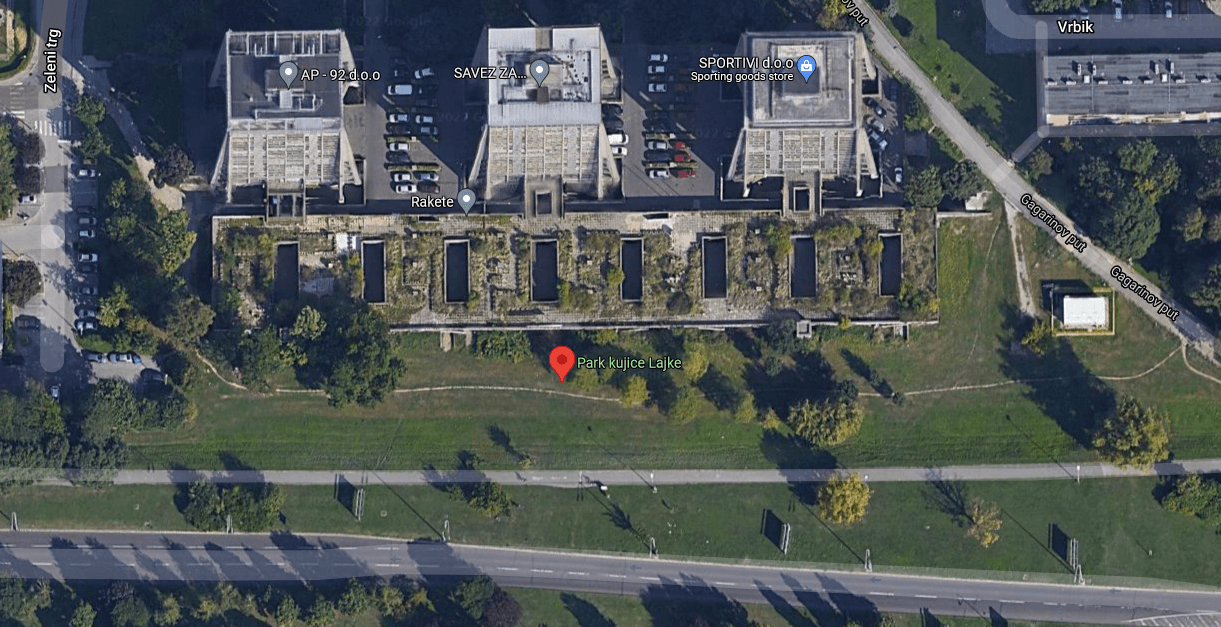
Location of the park, Screenshot: Google Maps
That will soon change. The Cvjetnica local committee voted and concluded that the meadow is finally being named. While it was not an easy decision, it will be named after the Soviet space dog, Laika.
On November 3rd, 1957, Laika became the first living creature launched into orbit. Laika’s fate as a space dog was short-lived and sad. Picked up from the street, it was first named Kudrjavka (Curly). It was chosen among ten candidates because it showed exceptional calmness during the examination. The Sputnik passenger cabin allowed it to lie down and stand.
We do not know if another park, street, or public area in Zagreb and Croatia is named after an animal but in this way, we pay tribute to the first earthly being sent to space, while reminding us of all animals that lost their lives because of science.
The location of the park is suitable and symbolic as it is located along Slavonian Avenue behind the skyscrapers called Rakete (Rockets), as a symbol of going to space, and leans on Gagarin’s Way, named after the first cosmonaut in space Yuri Gagarin.
Bravo for MO Cvjetnica! Woof - woof - members of “Trnje je naše” initiative wrote on Facebook.
For more, check out our lifestyle section.
Karlovac City of Trees: 10, 000 Trees Breathe Life Into City Centre
January 21, 2021 – By fiercely protecting their natural residents, Karlovac city of trees improves the quality of life for all – the trees keep the air clean, reduce the temperature and noise and serve as a habitat for city centre wildlife
The parks we find within cities can often be the very best parts. As a visitor, their memory can rival the grandest architecture you take in. London and Zagreb are two perfect examples. Who couldn't say that the stroll between Glavni kolodvor (main train station) and Ban Jelačić Square via Tomislavac and Zrinjevac isn't year-round one of the most gorgeous parts of the Croatian capital?
Though lying only 50 kilometres to the south-west of Zagreb, in the city of Karlovac they have taken a different approach. Instead of building parks within the city, they've built a city within parks, or so they like to say. And, walking down its tree-lined promenades, shaded by the riverside or through its immaculate rolling parkland, who could disagree? This is a city within a park. Also, it is Karlovac city of trees. One of Karlovac's famous city centre parks © 11raccoon1
One of Karlovac's famous city centre parks © 11raccoon1
Karlovac city of trees prizes its green assets more than most. They never cut down their trees unless its health poses a direct risk to property or person. Any new builds or city expansion must happen around the longstanding green residents. Local by-laws state that for any tree removed from within the city centre, another must be planted in its place.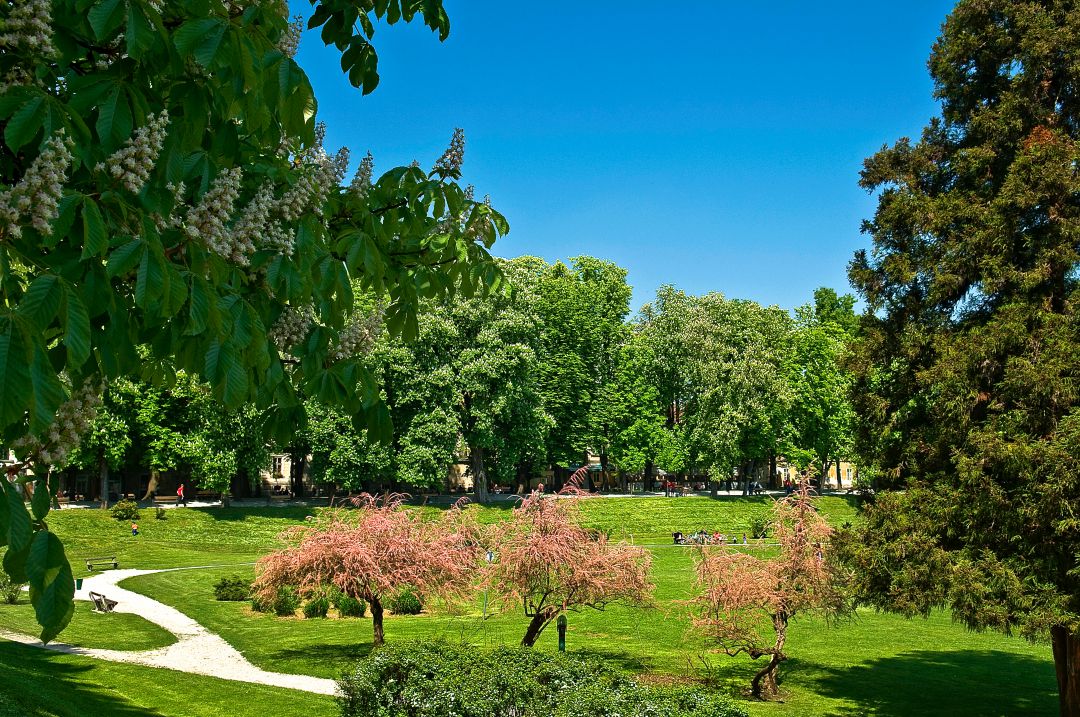 © Visit Karlovac
© Visit Karlovac
In addition to the public institution Natura Viva, which takes care of the parks in Karlovac city of trees, and the company Zelenilo, which takes care of public green areas, the Commission for the Protection and Arrangement of Green Areas of the City of Karlovac has been established. The city recognises that its green areas, in particular its trees, are not only there for their beauty – they positively affect air quality, reduce temperature and reduce noise in the city. They are also the habitat of the city's animal residents. The quality of life of residents in Karlovac city of trees is dependant on these natural assets.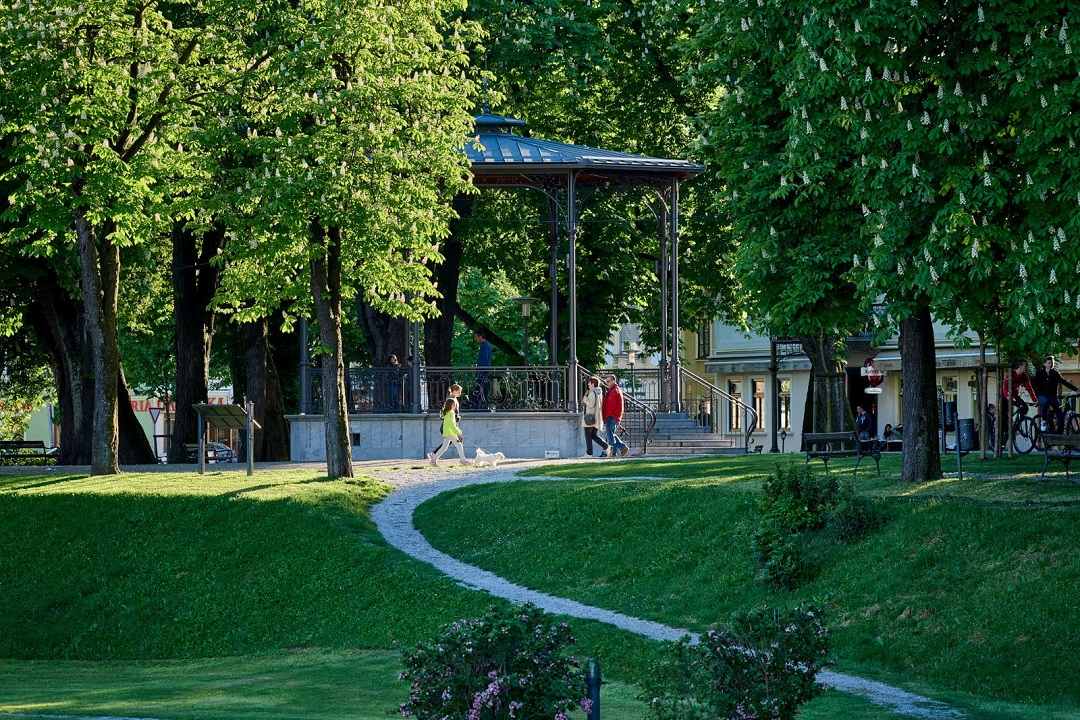 © Visit Karlovac
© Visit Karlovac
So seriously do they take the responsibility of looking after its trees, that Zelenilo maintains a map of the city which details every single tree that exists within the city centre. As noted in a news item from yesterday from the lokalni.hr portal, this map, or cadastre, has just been updated. Karlovac city of trees now proudly counts 10, 000 trees as valuable residents within its city centre.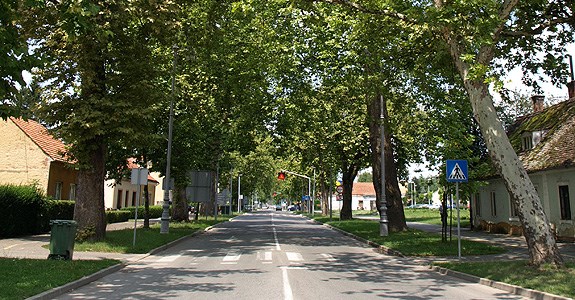 © Grad Karlovac
© Grad Karlovac
In order to reach this high figure, Zelenilo detailed that 144 new trees were planted in the city last year and another 147 trees in the Mekušje business zone. In 2019, 242 trees were planted, 95 in the year before, 119 in 2017, 210 in 2016, 162 in 2015, and as many as 200 in 2014.
Marija Ruzicka Strozzi Park: Zagreb Savica Park Future Secured By Renaming
November 6, 2020 – With its renaming as Marija Ruzicka Strozzi Park, the much-loved area of neighbourhood greenery has secured its future. We look at the internationally-famous actress, Marija Ruzicka Strozzi, who lends the park her name
The Zagreb neighbourhood of Trnjanska Savica is not without greenery. Sitting next to Novi Zagreb, it shares some of the same functional, socialist architecture and town planning. Thus, the larger apartment buildings in its east all lie on pretty, tree-lined avenues, as do the smaller residential properties in its west. More commonly referred to as simply Savica, the hood's southerly border is the great Sava river. Residents stroll or walk their dogs along its banks. Savica is a nice place to live.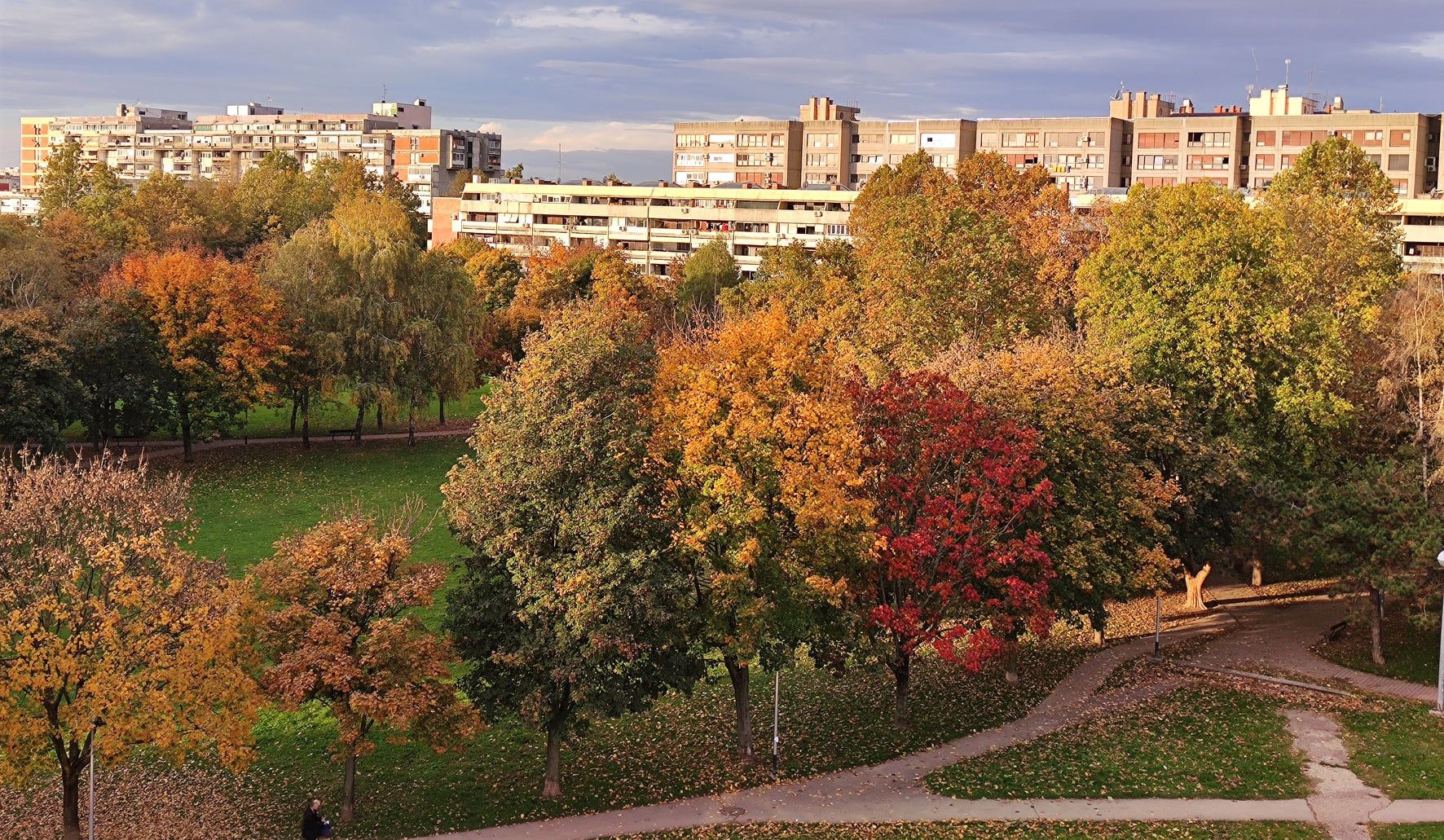 Marija Ruzicka Strozzi Park, Savica, Zagreb in all its autumnal glory
Marija Ruzicka Strozzi Park, Savica, Zagreb in all its autumnal glory
When dog walkers, riverbank runners and Savica residents with a south-facing balcony look across the Sava, their vista is filled with the great expanse of Bundek Park. It is the largest city park south of the river. Savica's own park is smaller, less spectacular. But, by the people who live here, it is no less loved. Watched over by protecting residents, the park this looks to have secured its future with its official renaming as Marija Ruzicka Strozzi Park.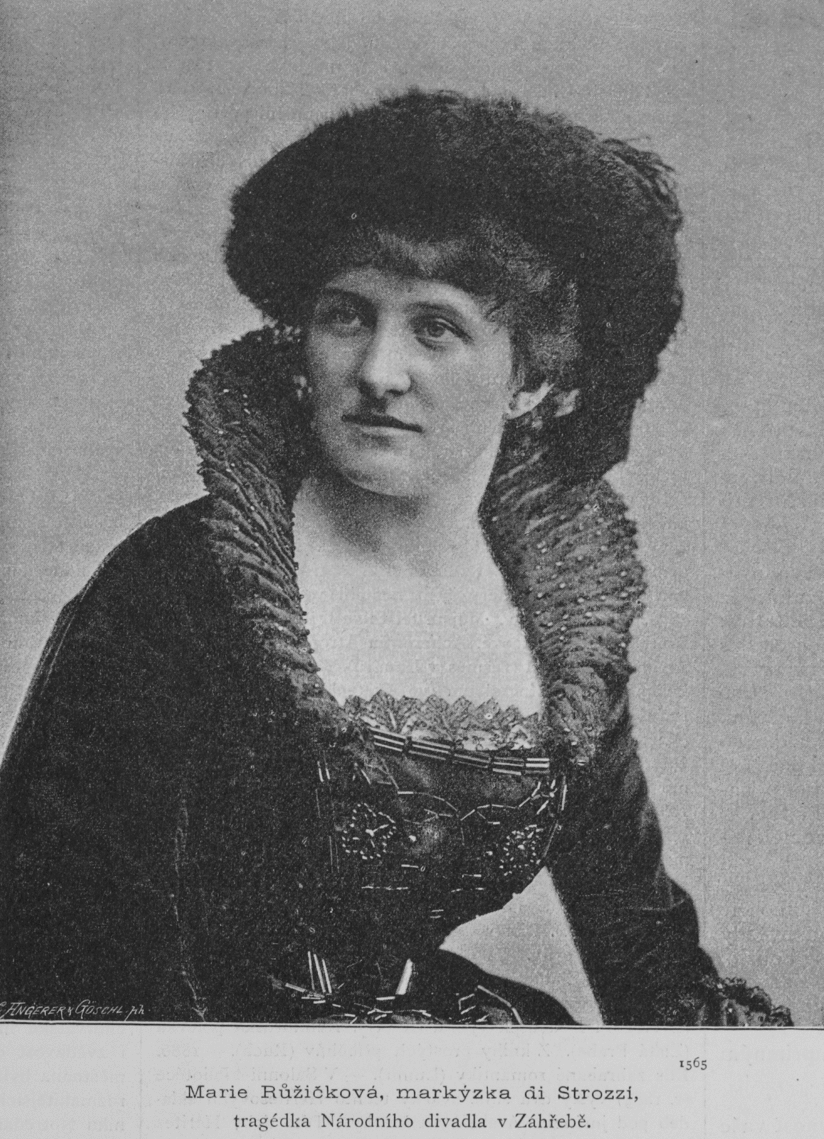 © Institute of Czech Literarture
© Institute of Czech Literarture
Today, the name of Marija Ruzicka Strozzi is heard much less frequently than it was at the height of her fame, towards the end of the 19th century and the beginning of the next. But, back then, it was a name known across the whole of Europe. One of the pre-eminent actresses of her generation, this Zagreb resident was described by the most-widely read Parisian weekly newspaper of the time as the greatest tragedy performer in all of the Slavic South. She gave celebrated performances in Brno, Prague, Sofia, Ljubljana, Sarajevo, Mostar, Cetinje, Belgrade, Nis, Kragujevac and was such an integral part of the theatre in her home city of Zagreb, that she is the only performer ever to have had their statue placed within the Croatian National Theatre Zagreb during their own lifetime.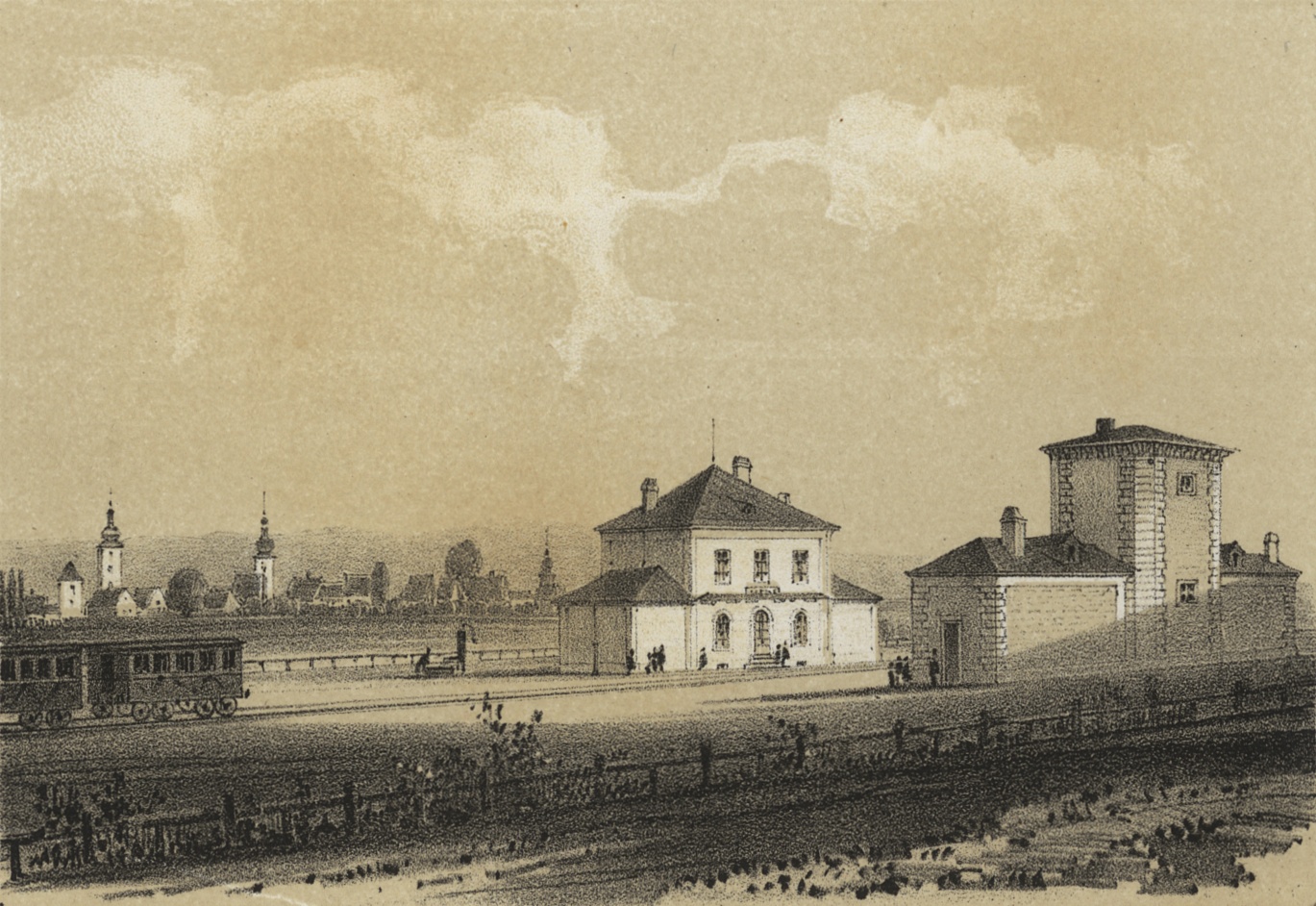 Litovel in today's Czech Republic, painted in 1845, just five years before the birth of Marija. It was then part of the Austrian Empire, whose state railway is here depicted © Ludwig Förster (1798-1863), Amédée Demarteau - FÖRSTER, Ludwig.
Litovel in today's Czech Republic, painted in 1845, just five years before the birth of Marija. It was then part of the Austrian Empire, whose state railway is here depicted © Ludwig Förster (1798-1863), Amédée Demarteau - FÖRSTER, Ludwig.
Marija Ruzicka Strozzi was born in 1850 in the Moravian town of Litovel, then part of the Austrian Empire, today within the Czech Republic. So pleased was he at his daughter's birth that Marija's musician father, Leopold Ruzicka, went to the local inn to celebrate. There, he met fellow Moravian Josip Freudenreich. It was a chance encounter - Freudenreich was only visiting, his current place of residence was Zagreb where he was an actor with the city theatre. The two struck up a friendship over several days and Freudenreich was happy to recommend his friend to the theatre director for a role with their orchestra. Aged just four months, Marija Ruzicka Strozzi and her family moved to Zagreb.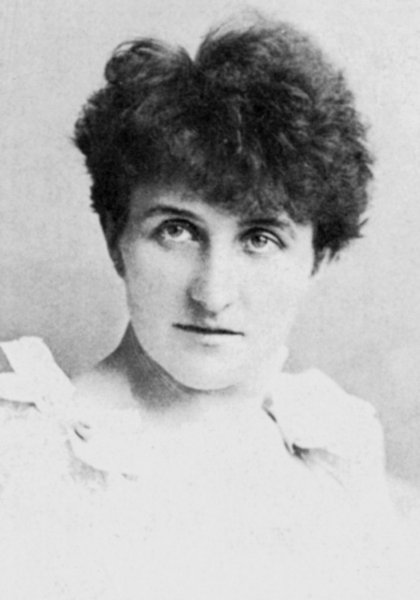
Leopold served four years in the orchestra of the Zagreb theatre but, struggling to feed the family on a musician's wage, he opted to accept the offer of a clerk's position in Varaždinske Toplice. The family moved there, but after Marija finished high school and following the tragic death of Leopold aged just 30, her mother took Marija back to Zagreb and enrolled her in a Catholic German high school.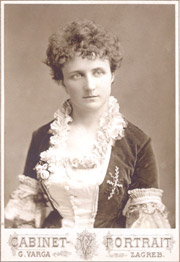
Marija had begun singing and acting as a child and continued to do so at convent ceremonies. In 1865, her mother sent Maria on a singing course at Zagreb's Music Institute where she was marked as potential for the Vienna Conservatory. Sadly, Marija damaged her voice, ending the opportunity. However, luck would visit the Ruzicka family for a second time in the form of Josip Freudenreich. By 1867, Freudenreich was himself manager of the Zagreb theatre and invited Marija to audition. She made her debut on January 2 the following year, commencing the longest-running career of any actress from the region. She spent almost 70 years playing around six hundred roles over several thousand performances.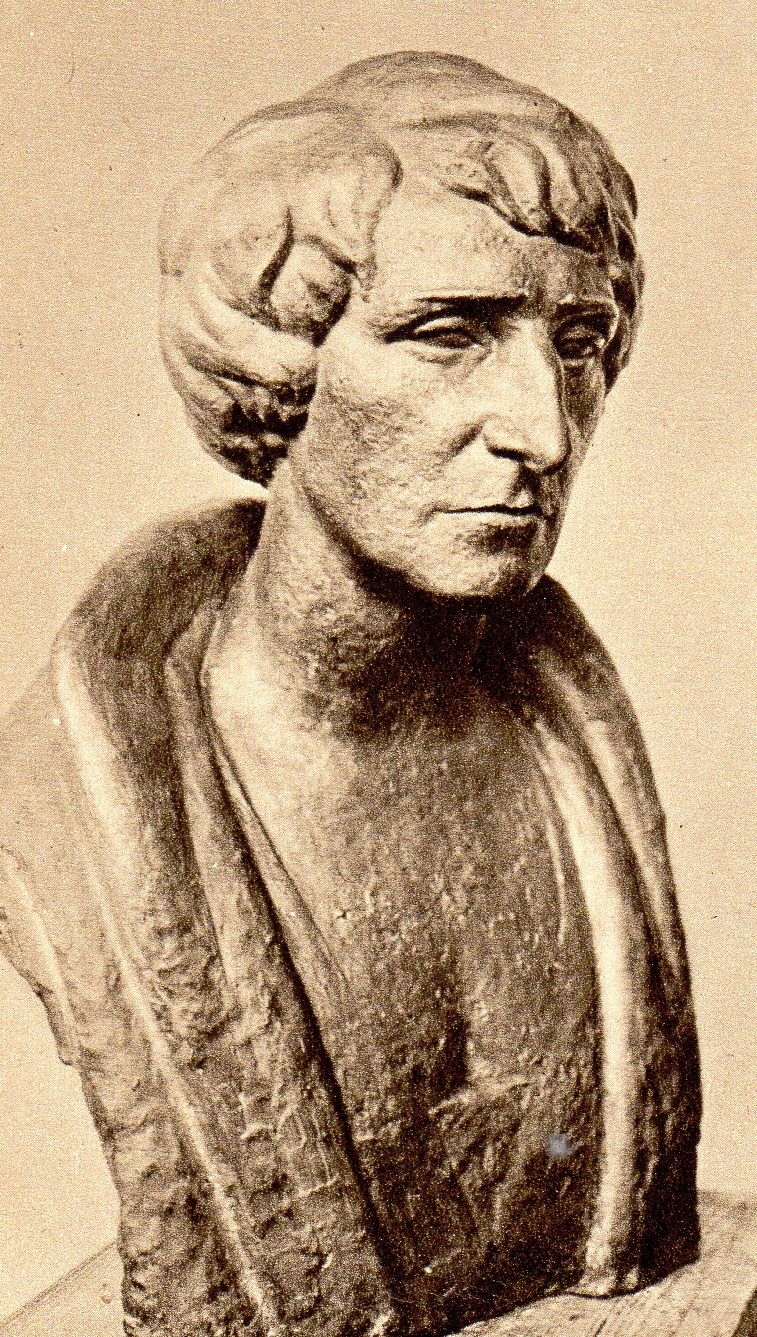 One of the statues of Marija that can be seen at the Croatian National Theatre Zagreb
One of the statues of Marija that can be seen at the Croatian National Theatre Zagreb
In addition to the German language, Marija began learning French as a young actress to give her a better perspective on the texts and roles she learned. Of course, she also spoke Croatian and mostly performed using this language, even under threat of violence (Italian nationalists in Zadar warned her against using her mother tongue on the city theatre stage - she ignored them).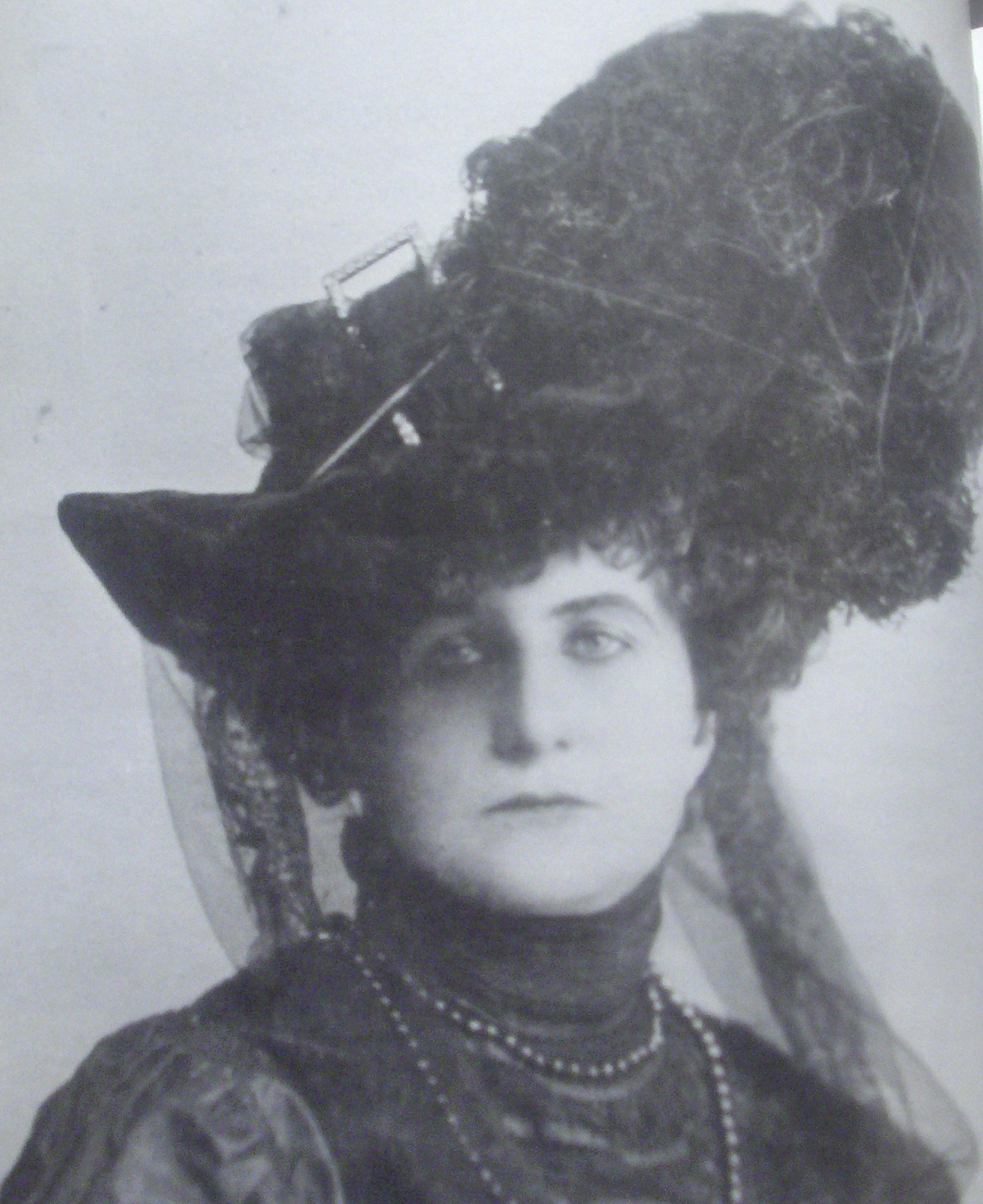 This picture of Marija was the source for a commemorative stamp issued by the Croatian Post
This picture of Marija was the source for a commemorative stamp issued by the Croatian Post
Marija spent all of her life in Zagreb, except for a small period in 1878 when she appeared as a guest star in Vienna while Zagreb performers were on strike. So delighted were the Vienna Burgtheater with her performance that they offered Marija a permanent position. She turned them down, recounting afterward in her diary “My life is hard, but I would never leave Zagreb. I am here and I stay here even though I and my children are in trouble, especially in the winter in a cold room when I learn roles at night.”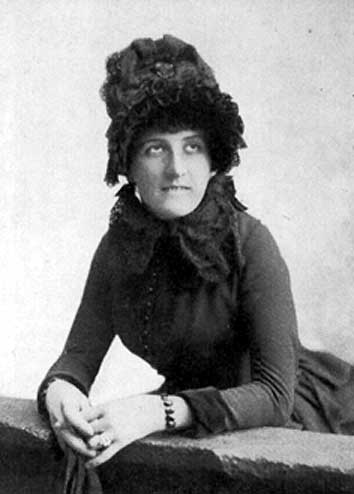
At the beginning of her career, Marija Ruzicka met Ferdinand Strozzi and married him in 1871. They had eight children together, Marija wrapping herself in corsets in order to continue performing while pregnant. Sadly, only three of her children survived, but two of them made a significant mark on Croatian culture. Marija's daughter Maja Strozzi Pečić was a world-famous opera singer and her son Tito Strozzi was a prominent actor and theatre director. Subsequently, Maja Strozzi gave birth to a son, Boris Papandopulo who would become a renowned composer, and the granddaughter of Tito Strozzi and his wife, actress Eliza Gerner, is the actress Dora Fišter Toš. Sadly, in 1905 Ferdinand Strozzi died during a visit to Sofia. At his funeral, Ferdinand's son Tito walked behind his father's coffin alongside Miroslav Krleža, the two thirteen years olds inseparable as best friends. Vlaho Bukovac's Illyrian Revival curtain for the Croatian National Theatre Zagreb in which Marija is depicted © Croatian National Theatre Zagreb
Vlaho Bukovac's Illyrian Revival curtain for the Croatian National Theatre Zagreb in which Marija is depicted © Croatian National Theatre Zagreb
Marija Ruzicka Strozzi spent an uninterrupted 68 years as a leading actor. By 1896 she had been recognised as such a significant talent that she was depicted by famous Croatian artist Vlaho Bukovac on his Illyrian Revival curtain for the Croatian National Theatre Zagreb. In 1918, she was celebrated at the theatre on the 50th anniversary of her career and again in 1928 on the 60th. On the 65th anniversary of her work, she received a statue in the Croatian National Theatre, where today you can find two statues of Marija Ruzicka Strozzi. She played her final roles in 1936 in Tolstoy's Resurrection and in Border Guards, often regarded as the first Croatian folk play - it had been written back in 1856 by the old Ruzicka family friend, Josip Freudenreich.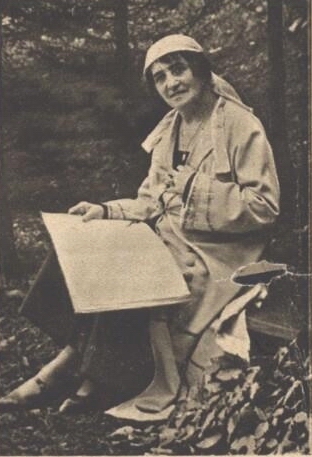
Marija pictured in 1928
Marija Ruzicka Strozzi died on 27 September 1937. Having made such a significant contribution to the culture of Zagreb over so many years, her funeral procession from the Croatian National Theater to Mirogoj cemetery drew thousands. Although her son Tito Strozzi and her grandson Boris Papandopulo already have streets named after them, it is not until the naming of the Savica park that Marija Ruzicka Strozzi has been recognised in her home city with the assigning of her name to a public place.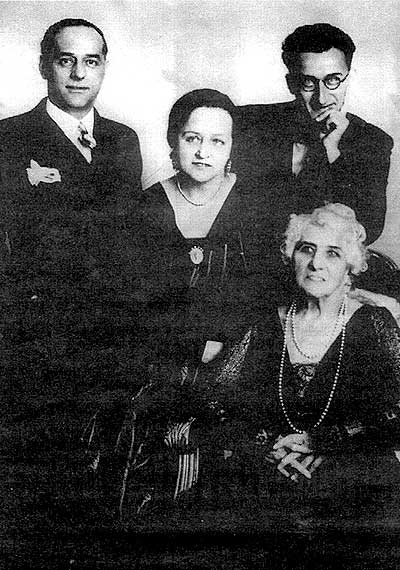
Marija and her children
In doing so, Zagreb not only pays tribute to one of the greatest acting talents ever to have come from the city, but it also safeguards the future of the Savica neighbourhood's central park. For generations to come, families and children will enjoy its greenery and learn the name of the great Marija Ruzicka Strozzi.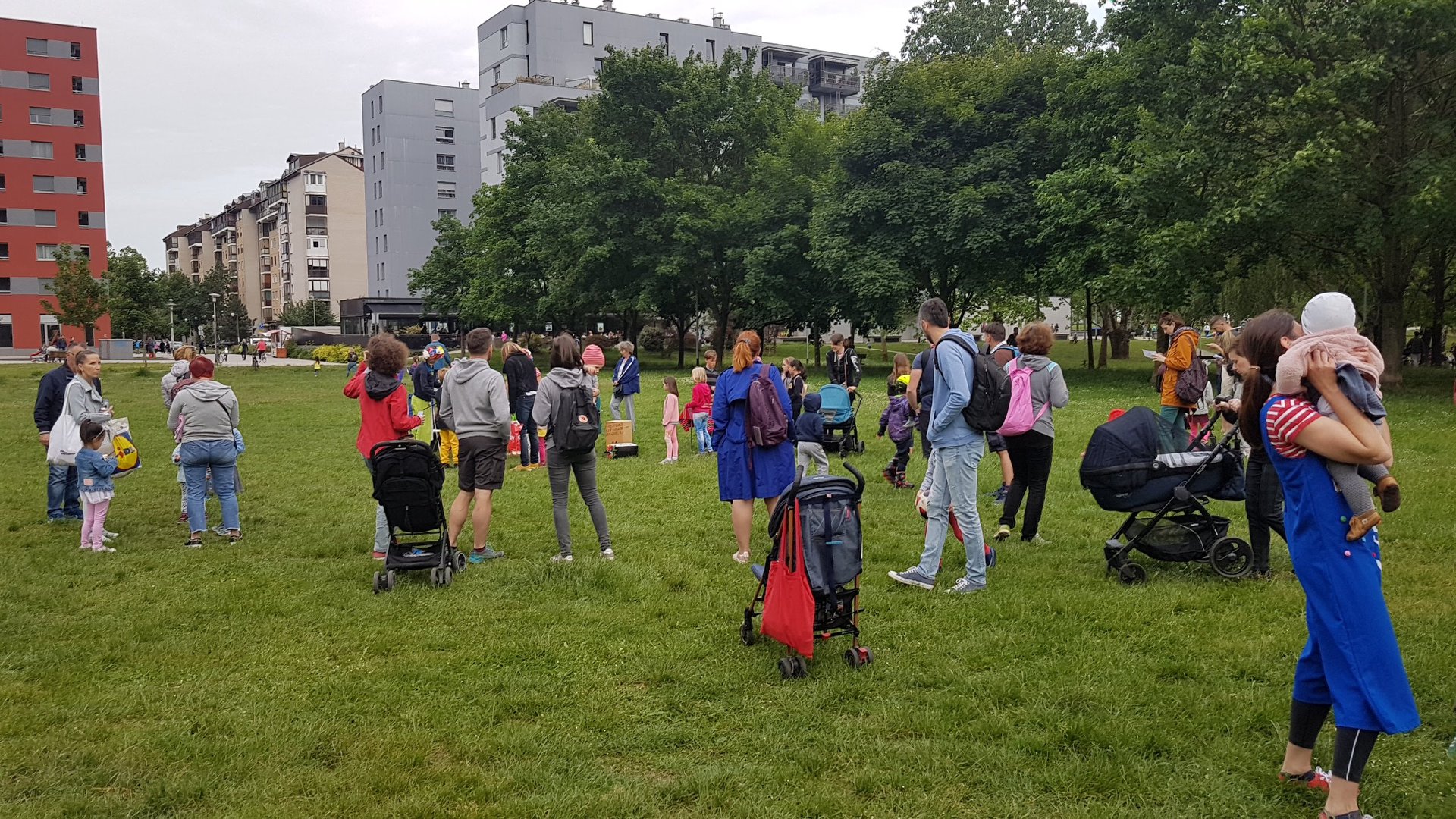 Marija Ruzicka Strozzi park is a popular place for recreation, social activities and meeting for all ages of Savica residents and their guests
Marija Ruzicka Strozzi park is a popular place for recreation, social activities and meeting for all ages of Savica residents and their guests
All colour photographs © Savica za Park, all uncredited photographs lie within the public domain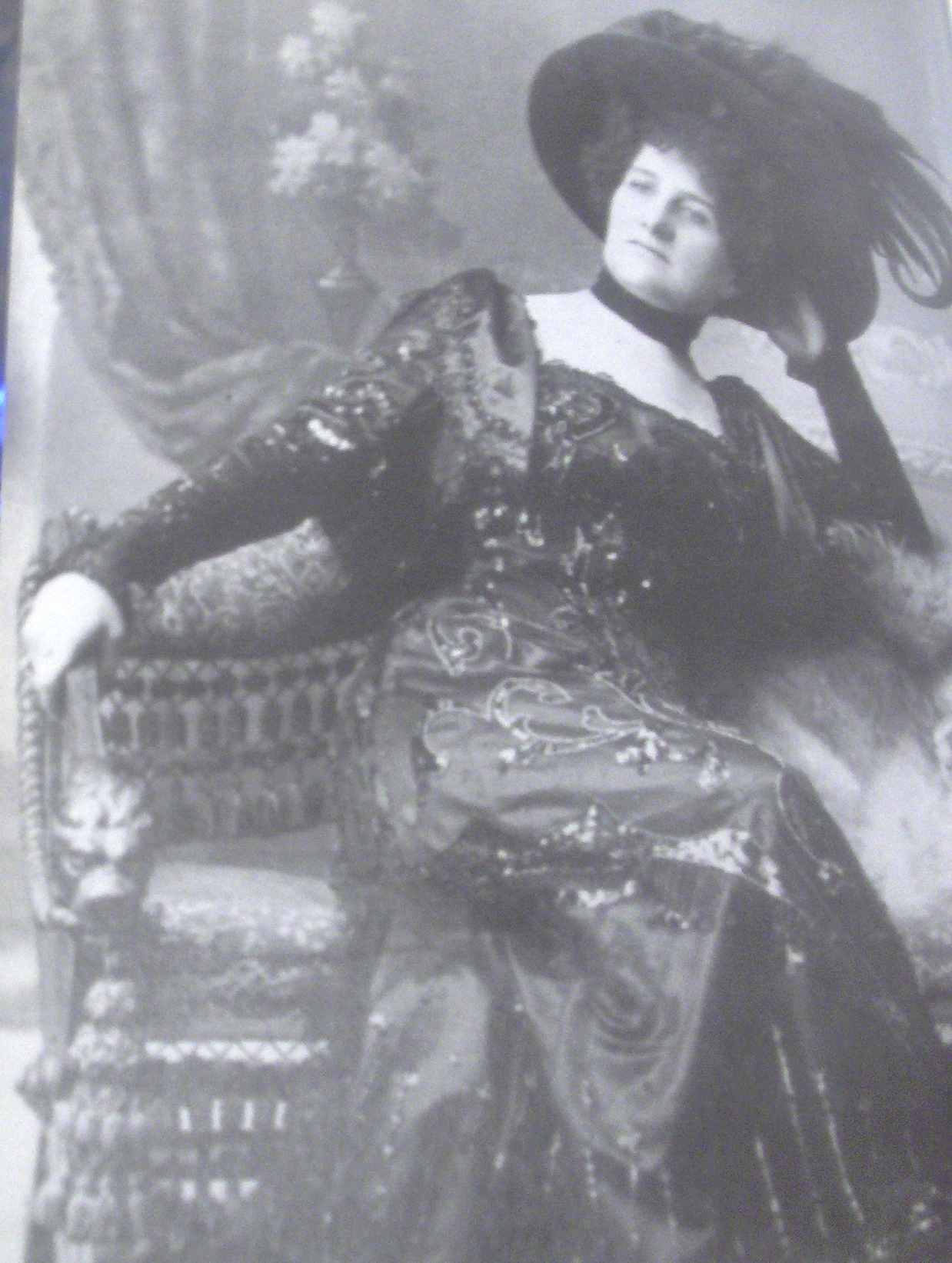
For the latest travel info, bookmark our main travel info article, which is updated daily.
Read the Croatian Travel Update in your language - now available in 24 languages
City of Varazdin Gets Croatia's First Community Orchard
October 27, 2020 – The City of Varazdin is planting Croatia's first community orchard – the space will bring together residents of all ages, provide free fruits and play a role in educating about organic produce and cultivation
The first community orchard in this part of Europe is being built in Varazdin. The community orchard will be situated to the west of the city centre, in the Haller alley, just behind the city cemetery. In the first phase, some 250 trees will be planted and be accessible to the public.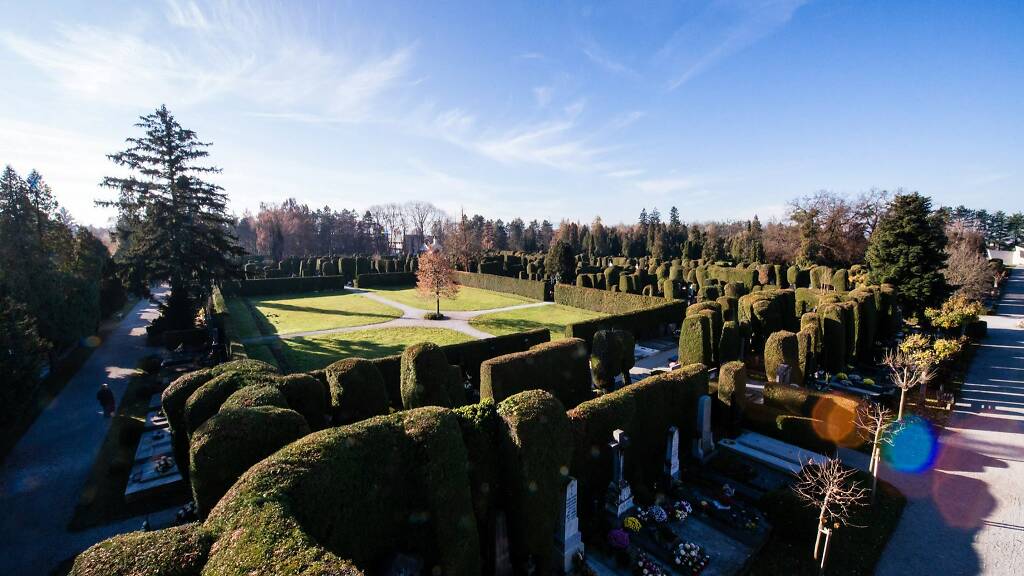 Beautifully landscaped in the early 1900s by Herman Haller, the City of Varazdin cemetery is one of its best gardens. It contains works by internationally recognised Croatian sculptors Antun Augustinčić and Roberto Frangeš-Mihanović. Frangeš-Mihanović is responsible for the very famous statue of King Tomislav which faces the main train station in Zagreb. The Varazdin community orchard will be located in Haller's alley, just behind the cemetery © Parkovi d.d. Varaždin
Beautifully landscaped in the early 1900s by Herman Haller, the City of Varazdin cemetery is one of its best gardens. It contains works by internationally recognised Croatian sculptors Antun Augustinčić and Roberto Frangeš-Mihanović. Frangeš-Mihanović is responsible for the very famous statue of King Tomislav which faces the main train station in Zagreb. The Varazdin community orchard will be located in Haller's alley, just behind the cemetery © Parkovi d.d. Varaždin
A community orchard, sometimes known as a public orchard, is an increasingly popular use of public land in some areas of western Europe and North America. They are an asset shared by a community and not managed for personal or business profit.
A community orchard has many benefits - it increases community access to healthy, organic fruit, it teaches young people about food, organic produce, agriculture and cultivation and it allows ordinary people to develop cultivation skills. This is particularly useful to those who themselves own no land for growing. They also increase co-operation and inter-generational socialising within a community and can be made into focal points for community activities. St Ann's Community orchard in Nottinghamshire, England © Clem Rutter, Rochester, Kent. (www.clemrutter.net)
St Ann's Community orchard in Nottinghamshire, England © Clem Rutter, Rochester, Kent. (www.clemrutter.net)
However, community orchards are not always met with universal approval. Interest in community gardening and cultivation schemes can wane over time, especially if they are started without authorisation. The burden of taking care of such projects then falls on city authorities.
Thankfully, any objections to this brilliant idea in Varazdin have been removed – the Varazdin community orchard will be taken care of by the city's own parks authority. They will decide on which particular fruits and trees are to be planted. Anyone from the community can come and help themselves.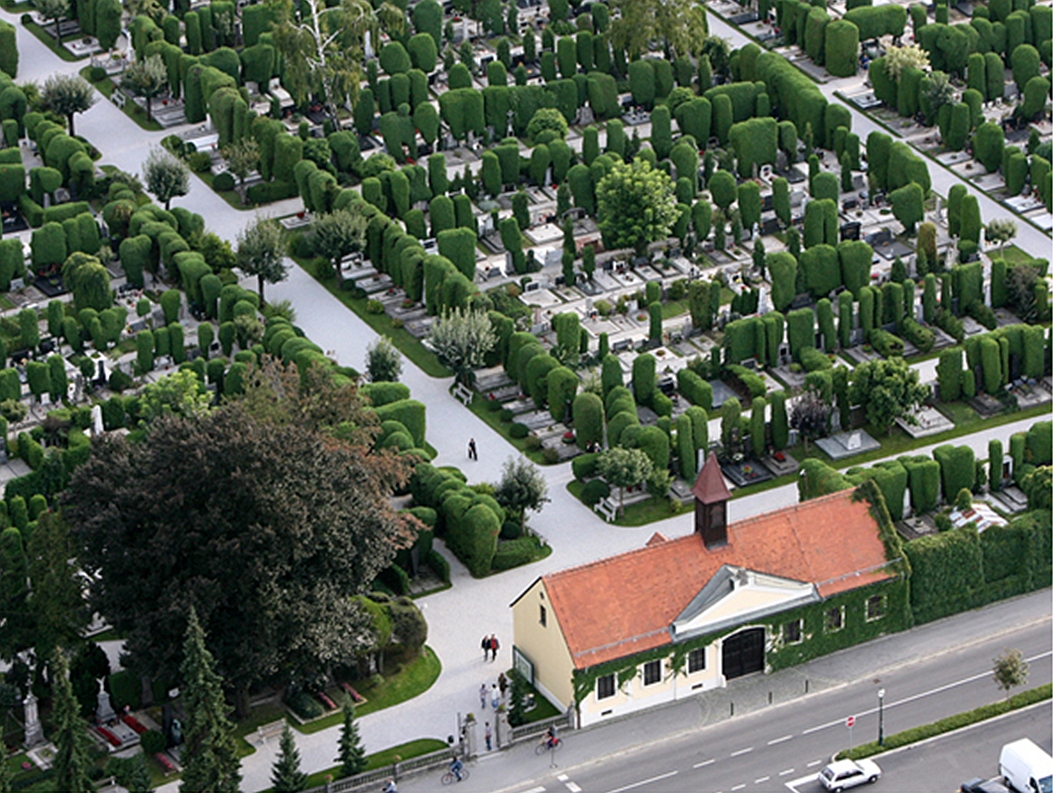 City of Varazdin cemetery, behind which the community orchard will be placed © Turistička zajednica grada Varaždina
City of Varazdin cemetery, behind which the community orchard will be placed © Turistička zajednica grada Varaždina
Low-lying fruit trees and berries are often chosen for community orchards. Their height level means they are not out of reach for youngsters who are being educated in such areas, and harvest is made safer, easier and more accessible to all age ranges.
The community orchard in Varazdin will be arranged in expanding circles. The first planted trees are expected to bear their first fruits within just a few years. Some residents of Croatia might be of the opinion that their communities already have a community orchard. However, taking fruit from a neighbours trees, even if granted permission to do so, is something different to a community orchard, in which access to pick fruit is opened to the general public at any time, not just community members and with no prior agreement necessary. Stealing fruit from your neighbour's trees and bushes is certainly not comparable to a community orchard.
For the latest travel info, bookmark our main travel info article, which is updated daily.
Read the Croatian Travel Update in your language - now available in 24 languages
Big Garage Planned For Underneath Zagreb's Franjo Tuđman Park?
A new idea which has the potential to alter traffic in the capital.
Higher Ticket Prices for All Visitor Categories for Plitvice Lakes
Wallets at the ready, unless you want to visit after 16:00...
Vižula Peninsula Entrance Closed for Archaeological Park Renovation
Medulin will up its game from sea and sunshine to history, culture and above all - archaeology.
A Dog Park in Blatine: "Vau Park"
"Wow Park” (Vau Park) on Šimićevoj street in Blatine is up and running! Fully fenced and safe for your dogs, there is also agility training equipment for sporting dogs donated by the company "Animal World” (Životinjski svijet).
Sites in Split: Marjan Forest Park
Marjan Forest Park covers the westernmost tip of Split Peninsula. It is a green oasis, which has been cherished by the citizens of Split for generations and is considered the ‘lungs of the city.’ It covers a vast area, the size of New York’s Central Park and offers a myriad of activities and sites. There are countless paths what wend through the forests and along the coast, revealing a well-tendered landscape, jagged beaches, vista points, ancient chapels, and even a zoo.
You can take an easy stroll or a jog to the peak of Marjan hill, Telegrin, marked by the Croatian flag at 178m above sea level offering breathtaking views over Split and the Adriatic horizon. Alternatively, conduct your Marjan discovery on bike, which you can rent from the Northern Entrance to the park (a.k.a. Marjanska Vrata) for 15KN per hour; there are plenty paved roads and off-road routes to chose from.
Other than endless greenery, some hot spots to discover include:
Sustipan: A peninsula that closes off the city harbor to the west is an old cemetery nestled on a cliff face. It is a popular rock climbing spot for if you have the gear.
Sv. Jere Church: This magnificent little church was constructed into the rock face in 1500; a Croatian version of the Petra of Jordan if you will.
Vidilica Café: Found at the summit of a flight of stairs from taken from the Varoš neighborhood, here you can sip your coffee while taking in the best city panoramas.
The Zoo: Probably one of the smallest animal havens in the world but a great visit for kids.
Kašjuni Beach: Located on the southern foothills of the Marjan, this no-frills beach provides a quiet city getaway in pristine nature. A short walk takes you to Split’s only dog friendly spot dogs. This beach is also a nudist beach.
Bene Beach: Located along the northern shores of this pine-dotted peninsula, this jagged beach is a popular recreational destination with tennis courts, football, playgrounds, and a restaurant.
Getting to Marjan
It is prohibited to drive through Marjan Forest Park but you can park by the Northern Gate (a.k.a. Marjanska Vrata). Get to the Northen Gate on foot by heading up Plinarska Ulica directly behind the National Theatre of Split, cross Prilaz Vladimira Nazora Ulica and continue west down Mandalinski Put.
You can also get to Marjan from the city by climbing the stairs to Vidilica from the Varoš neighborhood west of Riva.
Alternatively, you can access from the southern side by passing through the Marjan tunnel to the Meje neighborhood and turn right at the t-junction and continue west along Šetalište Ivana Meštrovića until a ramp stops you from driving further. Park nearby and walk the rest of the way.
You can also hop on bus 12 from Riva and get off at the last stop, directly by Bene beach. Alternatively, take a little choo choo train that departs every hour in front of the National Theatre of Split in the summer from 8am to 8pm; a real popular mode of transport for the kids for just 10kn.


